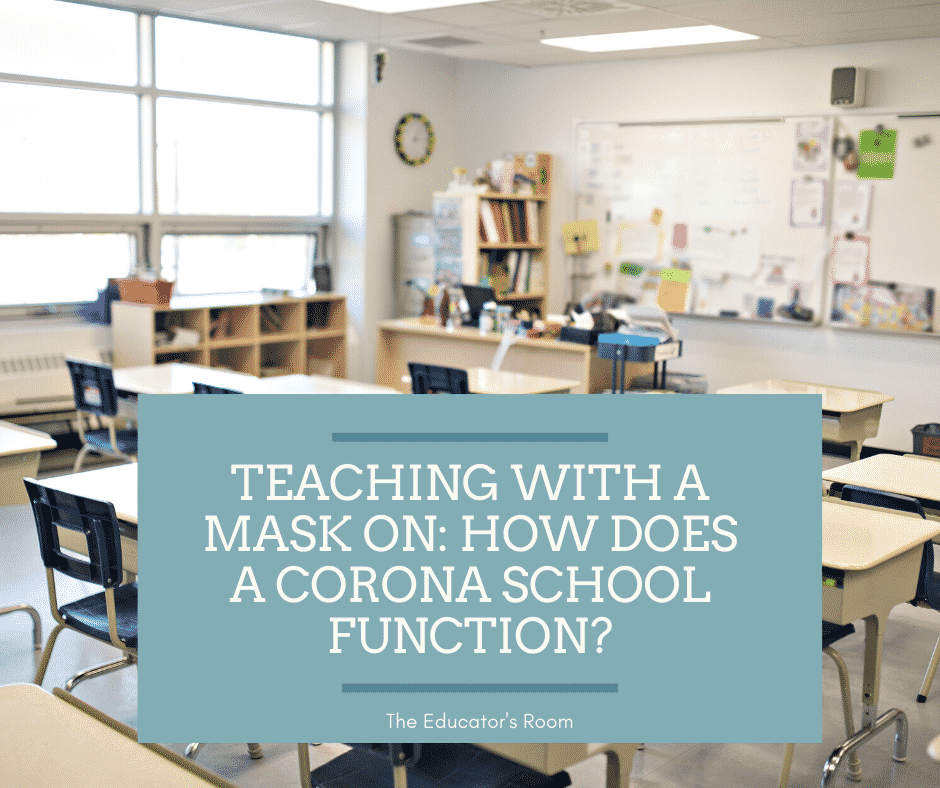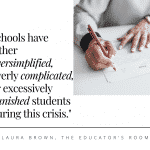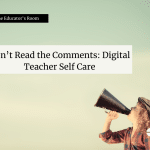25,327 deaths.
579, 005 infections.
16.9 million unemployment claims.
$1200 stimulus check.
124,000 schools closed.
55 million students impacted.
Thirty-five million COVID-19 tests needed—every day.
The numbers are staggering. The grief is real and relentless. Our collective losses, although significant, are dwarfed by a terrible state of limbo.
When will the country re-open?
How will the country re-open?
Of course, resuming the economy and any sense of normalcy includes students seated in physical, not virtual spaces. Twenty-one states have closed their school buildings for the remainder of the year–with many of those states typically ending the school year at the end of May. Schools in these twenty-one states have postponed the issues of re-opening until August and September. Many school districts, however, are in a holding pattern. In New York, for example, the first date of return, April 15, is now extended to April 29, 2020.
Many policymakers hold up May 1, 2020, as a hopeful target to resume business, but is that date just as unscientific as President Trump’s Easter day proclamation?
New York’s 2019-2020 school calendar shows Friday, June 26, 2020, as the last day of school. That date, like Fox News, seems fake and hollow.
But, let’s imagine that New York State schools re-open on some glorious day in May. What would be the climate of the school building? How does a corona school function?
[bctt tweet=”How does a corona school function?” username=””]
I envision my small classroom would practice social distancing because many parents would keep their children home. That would mean I would teach in two platforms–real-time and online. New York teachers, like all educators, are tough–we would make opportunities for our students to finish the year as strongly as possible, but the effort would be Herculean.
The seating arrangements would appropriately space desks six feet apart. Pedagogical techniques will change. No longer will students think, pair, share, or turn to their neighbor and talk. The atmosphere will be cautious and a bit cold. I refused a hug from an affection student on March 16–the last day school was “normal.” It felt like a rejection of her personally. It is a memory that I will keep as a turning point. Will I hug my students again?
Supplies like tissues and hand sanitizers, generally purchased by teachers, need restocking. Dispensers in the hallways, mandatory. Will I teach wearing a mask? I wore one to the grocery store last week, and I felt suffocated. Furthermore, I didn’t even recognize a dear friend and a colleague as I entered the store–the masks are very depersonalizing. So much of teaching is acting, wearing a mask while instructing is foreign.
Returning to school before the “end” of the year, might allow celebrations for seniors and a sense of closure to a strange school year, but will the benefits outweigh the possible costs of increasing infection rates? Ironically, teachers who have collected “data” for years, are possibly returning to a work environment that disregards scientific data for the sake of the economy.
Regardless, science wins. Data speaks. Without testing (35 million people a day), corona schools operate on speculation and hope.
Ultimately, while people are desperate for a plan of return, the virus is searching for a host.







I can’t imagine trying to teach in a mask or to space out students enough for it to make a difference. How would lunch time work? Riding the bus? Etc. While it would be weird starting out a school year online and not really getting to know my students, for the safety of everyone, I’ll make teaching online work for as long as I need to!
I was teaching in Hong Kong during the SARS outbreak. We were required to wear masks while teaching. There was already a long culture of wearing in Asia when people had colds so it wasn’t completely unusual or unexpected. At that time, as now, there were differing opinions on the value of wearing them but, on the whole, it was felt that the pros outweighed the cons considerably. Consequently, I did not feel too stressed about it. People also wore masks due to pollution although there probably wasn’t as wide a range of masks available as there is now. In the classroom, there were occasional problems with hearing and feeling uncomfortable but we all learned to cope. Singing classes provided many opportunities to work on pronunciation and diction which was important for developing clarity of speech when working with students of several different nationalities in an international classroom. Outside the classroom, I felt that wearing masks promoted a feeling of confidence that everybody could be seen to be on the same side with the single aim of overcoming SARS. Now that I am in Thailand, I find many styles of masks are available here and the washable cloth ones are surprisingly comfortable to wear.